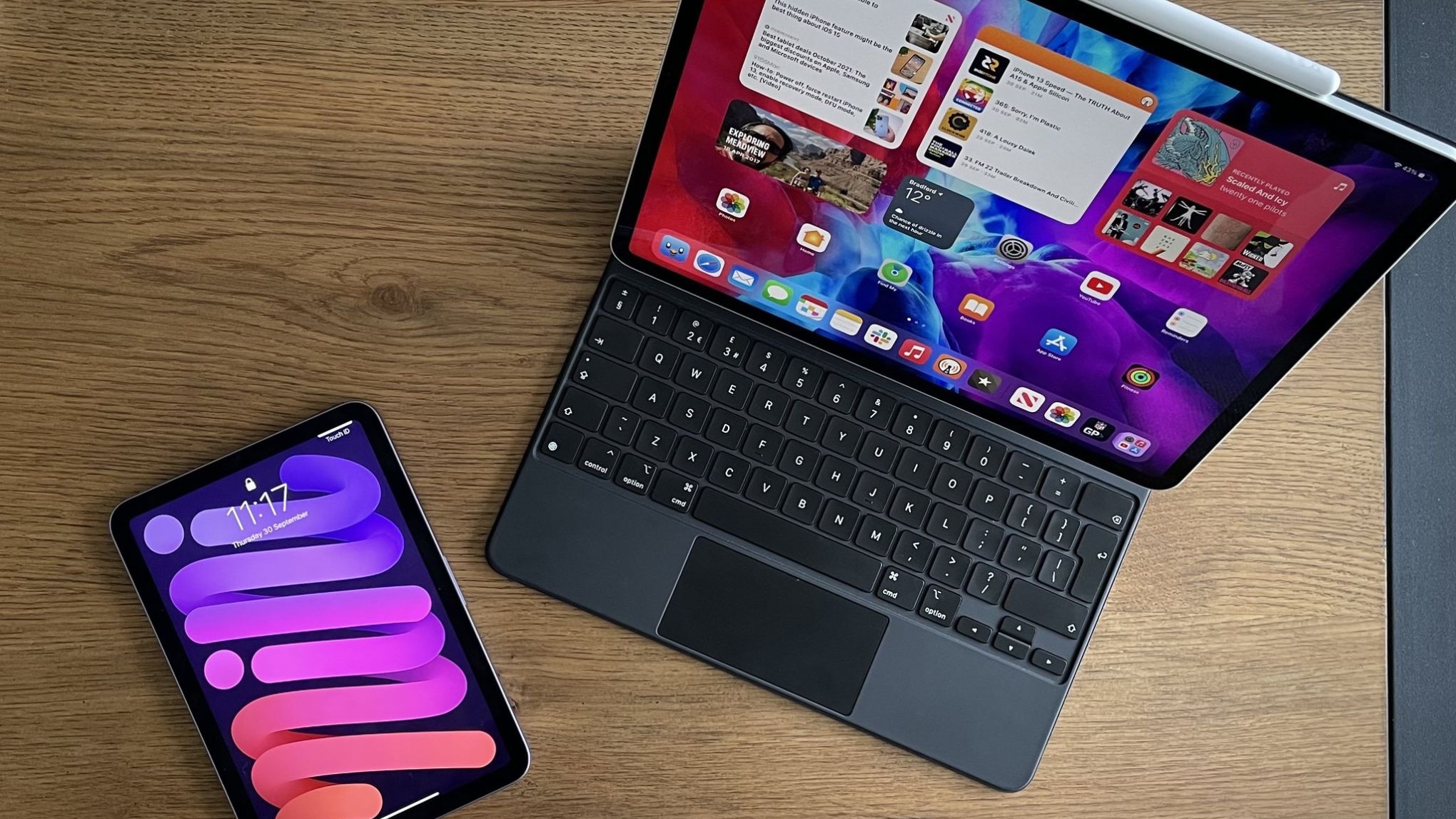
When buying a new iPad, Apple’s current lineup can feel daunting, to say the least. Apple currently sells iPads ranging from $329 up to $2399 for the best iPad available, a fully specced 12.9-inch iPad Pro with M2. With six different models to choose from and multiple specification options within each model, it’s understandable not to know what option to buy.
In this guide, we will alleviate some of that choice paralysis by showing you how to pick the right iPad for you, starting with the smallest and working our way up to the largest iPad Apple has to offer.
Before we begin
Every iPad we’ll discuss in this guide comes equipped with iPadOS 16, the latest operating system by Apple. The iPad hardware lineup has come by leaps and bounds to create far more powerful devices than its software currently knows what to do with. When searching for the best iPad, there are going to be a couple of things to look out for: form factor, price point, and what you're going to be doing with the tablet.
You should buy the iPad mini if… you want a handheld notetaking experience.
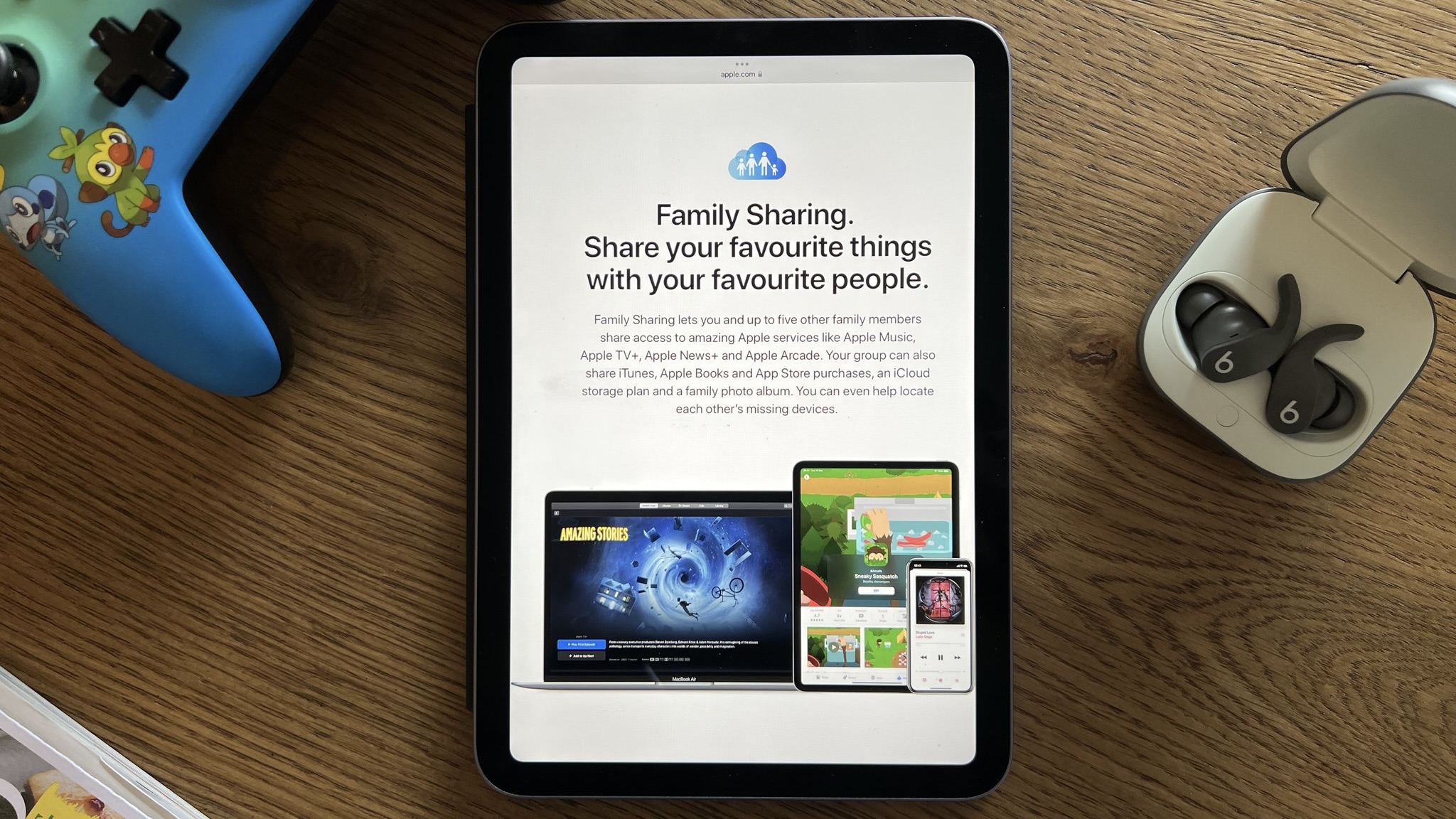
The iPad mini 6 is the most significant update to the smallest iPad since its release back in 2012. Over a decade later, the iPad mini has everything you’d want from the handheld tablet. It’s a great fit for those looking for an easy-to-carry device that doesn’t feel unwieldy in your hand, and comes equipped with an A15 Bionic chip with support for the 2nd generation Apple Pencil. This makes it a great choice for those wanting to take notes on the go and throw the iPad back in their bag.
Starting at $499 for the 64GB model, the iPad mini is the perfect first jump into the world of iPads – as long as you don’t mind the smaller 8.3-inch Liquid Retina Display. It's worth noting that for some there is a display issue, however. Some users report what’s called 'jelly scrolling', an odd effect that comes from one half of the display refreshing quicker than the other. This leads to something of a wave effect, and those that experience it can find it quite jarring.
You should buy the 9th generation iPad if… you want the cheapest iPad possible.
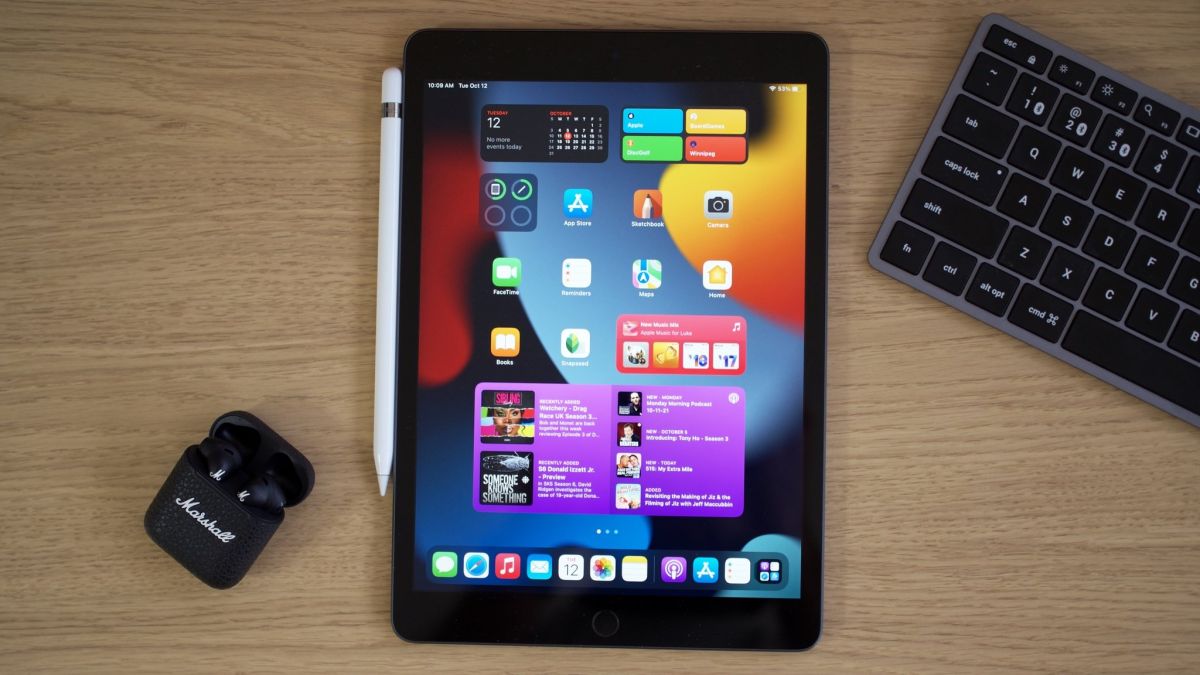
Starting at $329, the 9th generation iPad was initially released in 2021 and is the cheapest iPad model in the lineup. Cheap doesn’t mean bad, however, as the iPad 9 is a great starting point for kids, students, and those just wanting to get an iPad for emails.
The iPad 9 has everything you need to browse the internet, reply to emails, make FaceTime calls, and annotate documents. This entry-level iPad supports the 1st generation Apple Pencil as well – the annoying one you have to charge via the Lightning port. Despite its dumb charging method, however, it's still the perfect writing and drawing companion, even if its design is starting to get a little dated. Talking about a dated design, the 9th generation is the last iPad in the lineup to include a Home Button – if you want a modern-feeling iPad, look elsewhere.
You should buy the 10th generation iPad if… you want a modern device without splashing too much cash.
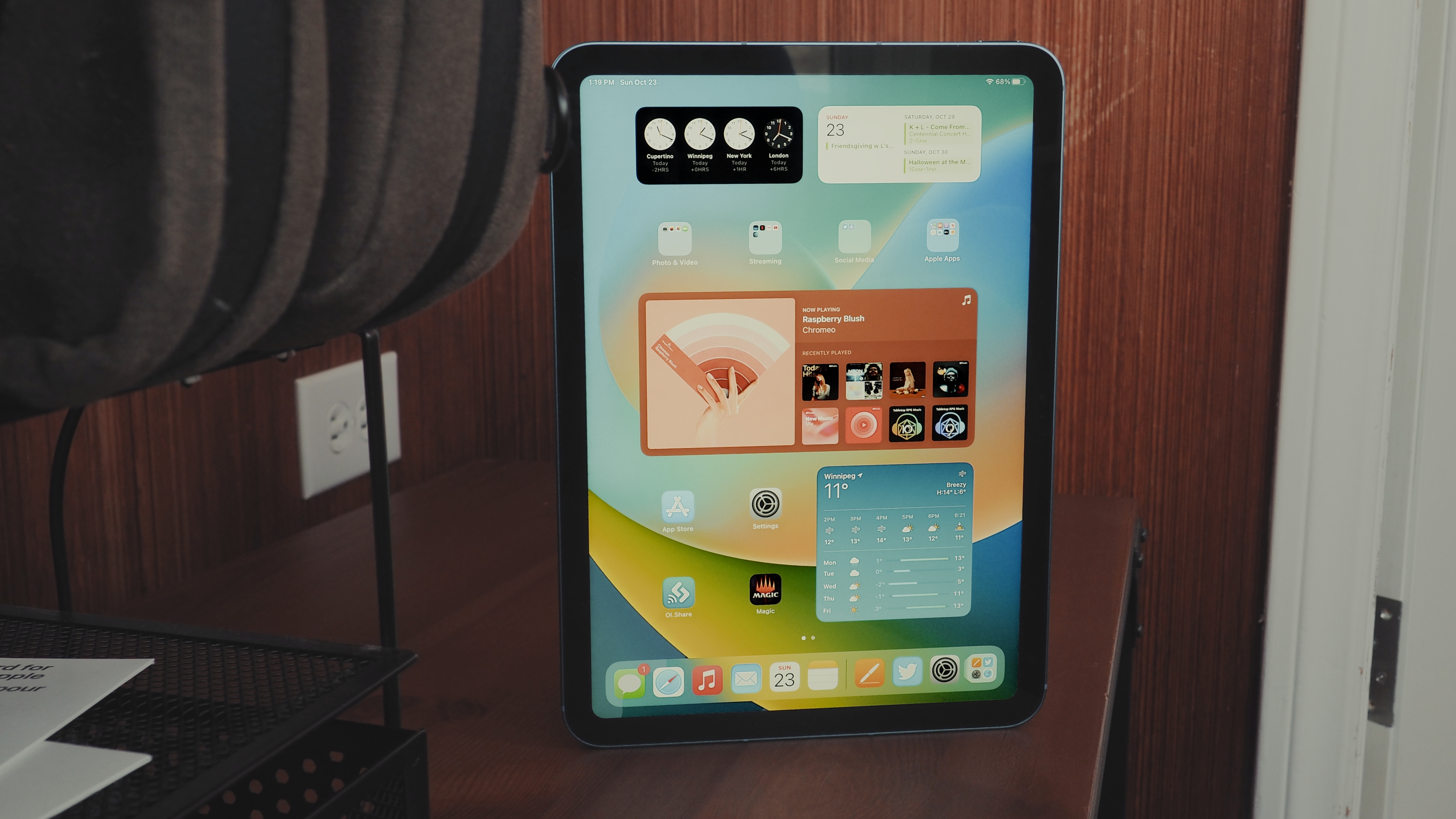
In 2022, Apple released the next generation of the baseline iPad with an updated form factor and a tighter package that brought the entry-level line up to par with its siblings. The iPad 10th generation is an excellent option for many people, starting at $449 for the 64GB model. It houses an older generation A14 Bionic chip, so if you can handle the smaller size of the iPad mini, that could be the better option for you.
For $449, you get a large 10.9-inch display, albeit one that is slightly dim compared to the next iPads on this guide. There’s a 12-megapixel camera on the front and back of the device, and a USB-C connector just like every other iPad in the lineup bar the 9th generation iPad.
You would think that with a USB-C port on the bottom, the iPad 10 would not work with the older Lightning-based Apple Pencil – you would be wrong. For some head-scratching reason, Apple decided to make the 10th generation iPad only compatible with the 1st generation Apple Pencil. That means you need a dongle to convert from Lightning to USB-C to charge your pencil with the device.
If the lineup weren’t so convoluted, the iPad 10 would be perfect. But with so many options available, it just can’t be 'the one' for most people. Buy the iPad 10th generation if you want a modern-feeling device but don’t want to spend $150 more for the iPad Air.
You should buy the iPad Air if… you’re most people.
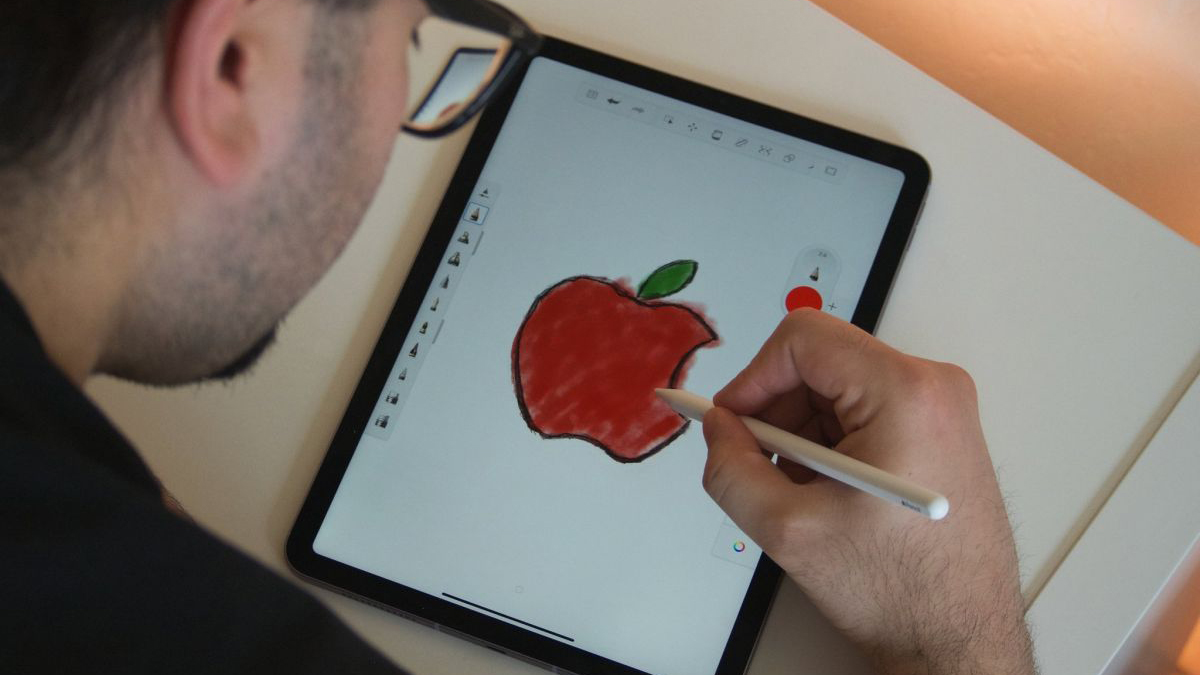
The iPad Air 5th generation is the go-to iPad. Housing an impressive Apple silicon M1 chip, the same found in some recent MacBooks, the iPad Air is faster than anything iPadOS can throw at it. It has a similar design to the more expensive iPad Pro models, Apple Pencil 2 support (unlike the 10th generation iPad) and a beautiful laminated 10.9-inch display. Those without lamination, like the 10th generation iPad, can feel hollow when tapped on, while lamination makes the whole experience feel more premium to your eyes and touch alike.
If you’re in the market for an iPad and can afford the $599 starting price for the 64GB model, this is the iPad for you. For that price, you get the best iPad experience without forking out for the top-of-the-line iPad Pros.
You should buy the 11-inch iPad Pro if… you want a buttery smooth display in the same form factor.
It’s hard to justify the iPad Pro with an M2 chip when the iPad Air exists for $200 less. Yes, the ProMotion display is buttery smooth and makes the tablet feel even faster, but is that enough to warrant the price jump?
If you need 128GB or more, which Apple should really make the base storage level across all iPads, then there is a justification to opt for the 11-inch Pro over the iPad Air. A 256GB iPad Air costs $749 because Apple decided not to give customers the option of a 128GB model. That means you can choose between a larger storage iPad Air or a better display, an additional Ultra Wide camera, better speakers, and Face ID for $50 more.
If you are the kind of person that wants the best iPad experience possible, the 11-inch iPad Pro is for you. It may not have the XDR display like its larger sibling, but I would argue that 11 inches is the peak iPad and the best form factor of them all.
You should buy the 12.9-inch iPad Pro if… money is no object.
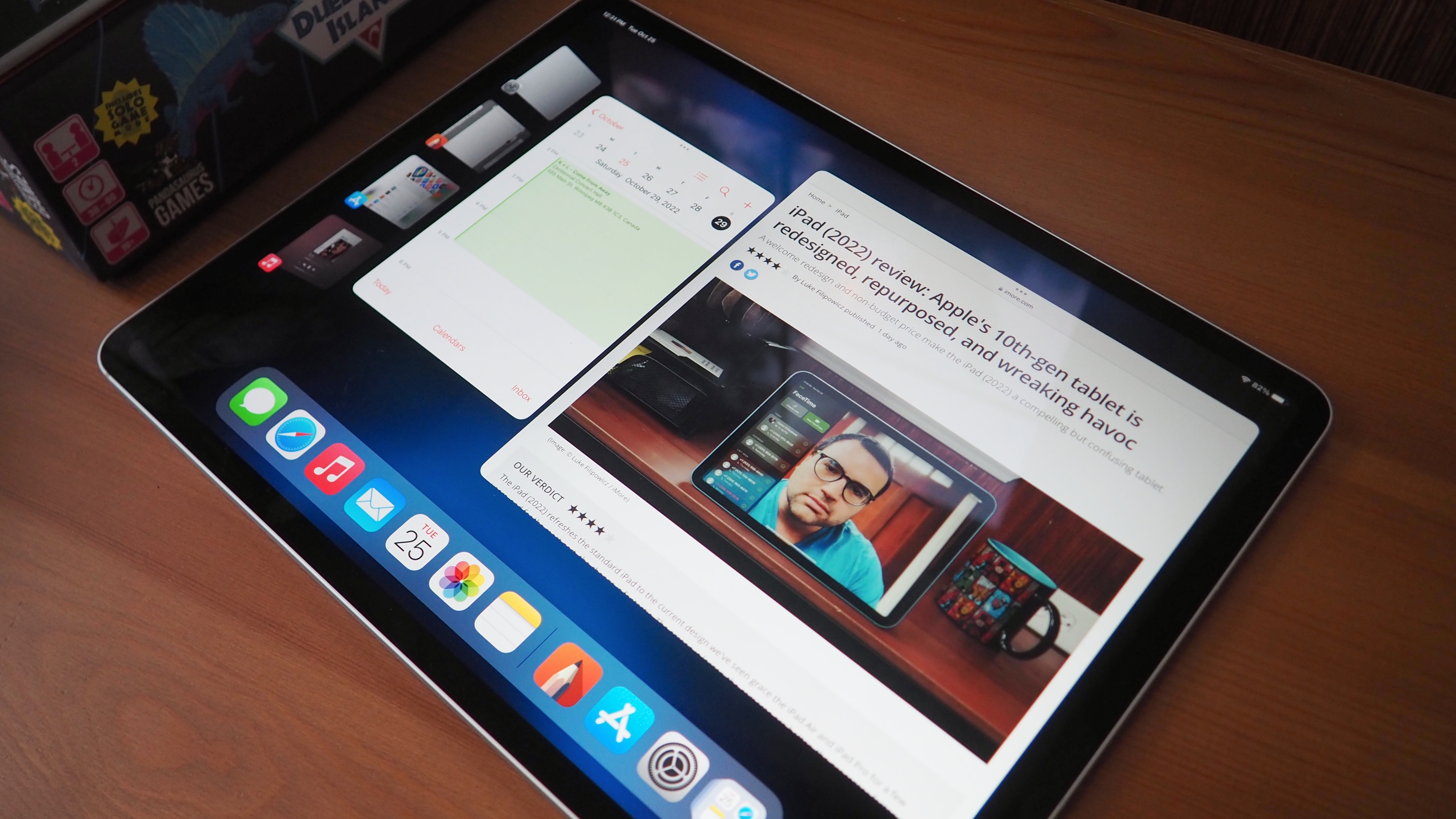
We’ve made it to the final iPad in the lineup – are you exhausted yet? Because I am. Let’s cut to the chase here; the 12.9-inch iPad Pro is big, it weighs nearly 50% more than the 11-inch Pro at 1.5 pounds, and it’s hefty to carry around.
The display is the best iPad display available with Micro-LED technology that Apple calls Liquid Retina XDR, just to confuse you. And it’s a seriously beautiful 12.9-inch display that can reach 1600 nits peaks brightness for HDR content, wow. It has every bell and whistle from all the other iPads combined.
I find the 11-inch iPad heavy enough and could never use a bigger one, but many people love the larger form factor, especially for working at a desk or while out and about, or for Apple Pencil sketching on a larger canvas. The 12.9-inch iPad Pro is for you if you want the latest and greatest and don’t mind forking out upwards of $1099 to do the same things the smaller version can do for $300 less. It’s also an option for a less conventional laptop replacement due to its similar size to a 13-inch MacBook Air.
Until Apple brings iPadOS up to par with the insanely fast M2 chips inside the Pro models, it’s hard to find a reason other than size to own one.
Why you should buy an iPad
iPads are awesome. They bridge the gap between a computer and your smartphone, allowing you to chill on the couch while browsing the web or writing articles with the Magic Keyboard (sold separately).
For many people, buying an iPad quickly can teach you that you no longer need a Mac. If you’re not a professional using a computer for work, then there is no better experience for everyday computing needs than an iPad from the current Apple lineup.
You should buy an iPad, but if you’re on the fence, the secondary market is a great option for cheaper deals and a better bang for your buck. As far as I’m concerned, the best iPad going is the one you can afford; the tool it becomes depends entirely on what you want it to be. Don’t get caught up in the jargon, an iPad is an iPad, and regardless of which one you choose, you’ll have a brilliant experience with the best tablet on the market.







